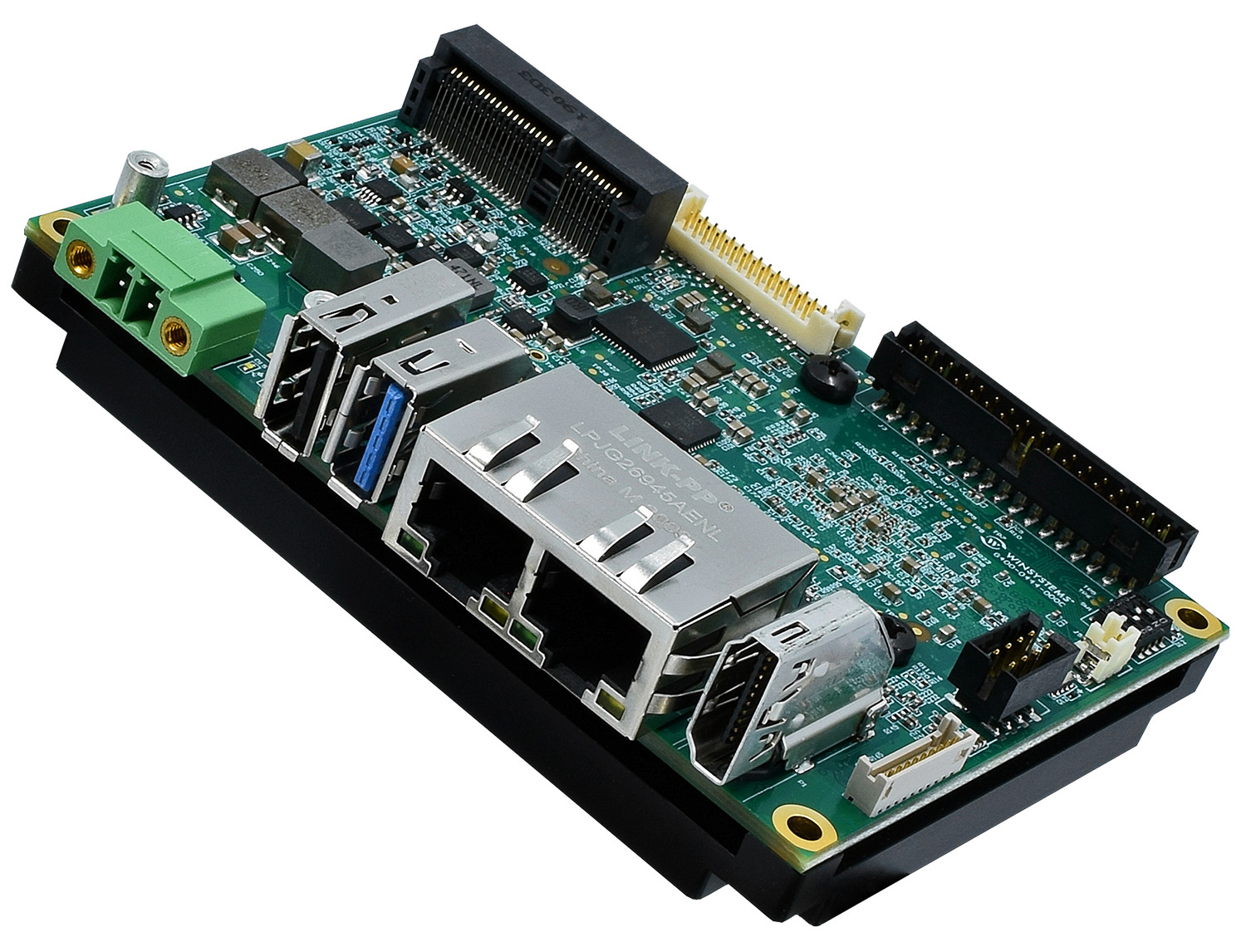
Cloud and Cloud Computing are common terms, but they are ethereal. What exactly is “the Cloud”? What benefits does it offer? This blog explores why the Cloud has become an important part of the industrial landscape.
The origins of the term ‘the Cloud’ to describe servers that are accessed over the internet is shrouded in the mists of time. Google and Amazon first popularized the term around 2006, although a Compaq business plan to sell servers to internet providers used the phrase ‘cloud computing-enabled applications’ a decade earlier in 1996. Despite the sky-based label, Cloud servers are in terrestrial data centers located around the world and can be accessed by users from any device (e.g. a mobile phone, tablet, laptop and workstation). Using these Cloud servers means that companies do not have to invest in, maintain and manage their own server infrastructure.
What is Cloud Computing
Cloud computing provides on-demand network access to shared computing resources, such as networks, servers, storage or applications, from the Cloud servers. For industrial applications, this means multiple users can access storage, processing, memory and network bandwidth resources as and when needed. It also allows users to be in a variety of locations yet still access the same network. This way they are able to pool resources and coordinate production, manufacturing and other logistics without having to rely on the capacity or availability of local servers.
Adding intelligence at the Edge upgrades a connected network into the status of Industrial Internet of Things (IIoT), or ‘smart’ network. Cloud computing allows data collected from multiple applications and devices to be received and stored for analysis. In industrial settings this allows even smaller operations to gather and analyze data for predictive maintenance, or to control inventory, for example, without having to make major investments in its infrastructure or computing systems. For example, Edge computing decisions are required for real-time control and AI in factories but the summarized data is collected from numerous IIoT devices in the Cloud where analysis can be performed to maximize throughput and predictive maintenance procedures.
Importantly, the data can be accessed remotely, so that managers in another town, country or even continent can monitor and control production levels, shifts or personnel. This is particularly useful in harsh environments, such as oil & gas, mining, remote or hard-to-access locations.
Cybersecurity
In addition to robust engineering to meet the physical and environmental demands encountered in industrial computing, the system developer has to ensure that hardware meets the application’s operational specifications, from sufficient processing power to the capability to scale up the system as the operation grows. There are also cybersecurity challenges but because the nature of Cloud computing means that sensitive data is not on-site it needs to be protected with hardware and software protection measures. Cybersecurity starts at the Edge with hardware Root of Trust (RoT) which must be planned appropriately to allow extending the RoT throughout the layers of software and hardware to maintain data security throughout the Edge/Fog/Cloud layers.
Creating the Cloud Data at the Industrial Edge
The Cloud helps connect billions of devices but the data still starts at the Edge. Every industrial application has different requirements which can be met with turnkey embedded solutions, such as those delivered by WINSYSTEMS and partner, ClearBlade. WINSYSTEMS’ ruggedized computing gateways run IIoT software developed by ClearBlade and can be integrated into existing systems. The pre-tested, pre-configured solution can allow customization to meet an application’s specific requirements, with minimal development time.


Single Board Computers (SBCs) for industrial embedded systems are required to be reliable, robust and secure for industrial Cloud computing. WINSYSTEMS’ portfolio includes the ITX-P-C444 and the SBC35-427 SBCs. Both are designed to meet the present and future needs of industrial environments, with generous expansion options, and a wide operating temperature range (-40°C to +85°C). They also have extensive support for graphics and are TPM hardware-enabled, making them suitable for secure operation in embedded systems in industrial control, transportation and energy sectors as well as the IIoT.
WINSYSTEMS has nearly 40 years of experience in designing and manufacturing embedded computing products.
The SBCs, COM Express modules, I/O modules and panel PCs for harsh environments – the majority of which are manufactured in the USA – are produced in facilities that are certified to ISO 9001:2015.
